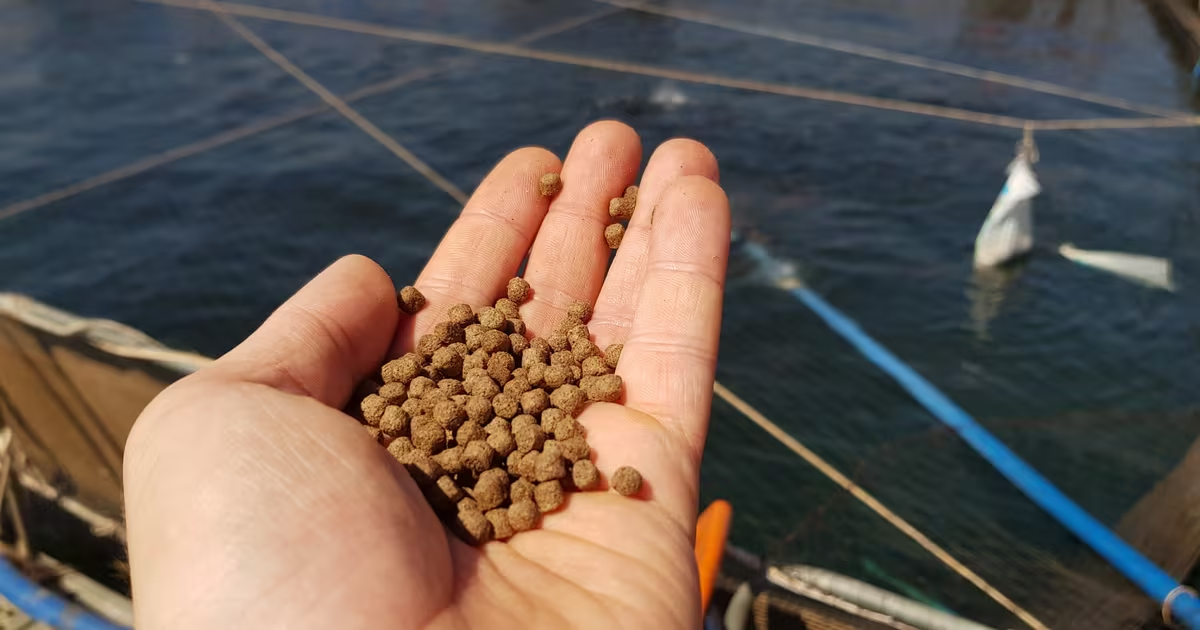 26 Jun 2025
26 Jun 2025
Aquaculture is diversity and different markets have different requirements, according to Dominique Bureau of Wittaya Aqua, during the recent IFFO ‘s InFocus Workshop on Precision Nutrition for Aquaculture.
“In precision nutrition feed formulation, you need to define your objectives, then understand the animals’ requirements (define nutritional specifications), then understand the ingredients (characterize ingredient composition), before you can optimize feed formulations and production objectives. Then you manufacture the feeds and monitor results in the feed – a stage that is often forgotten,” said Dr Bureau during the event.
For many species, he continued, the academic knowledge base was incomplete in the 2010s. It was observed that the nutritional requirements of the animals for various nutrients changes (usually decreases) as the animal grows.
Feed given more than demands results in pollution and money wasted. The development of the IAFDD database covers estimates on requirements for 41 species (ASNS v10.0).
“We use a factorial modeling approach to estimate requirements. Using this, we developed specific nutritional specifications. We are looking for feedback to understand whether the values we are recommending are making sense and help us fine-tune those values. We need to do a better job to ensure that the values are realistic,” he explained.
He has informed that his company developed a digital eco-system linking ingredients and feeds, consisting of a raw material map, an economic valuation tool, and a feed formulation tool, as well as a production data management and analysis software.
Subscribe now to the technical magazine of animal nutrition
AUTHORS
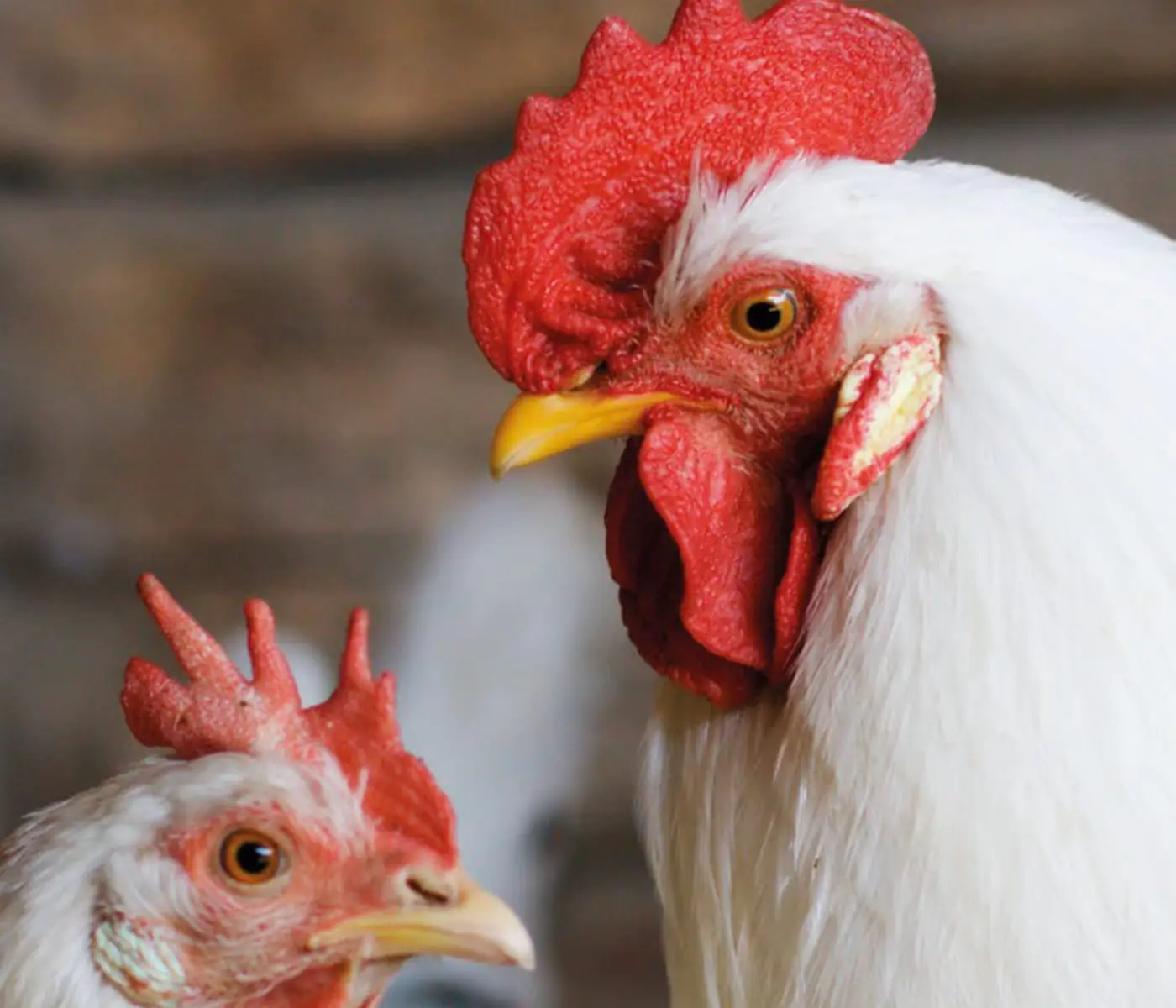
Nutritional Interventions to Improve Fertility in Male Broiler Breeders
Edgar Oviedo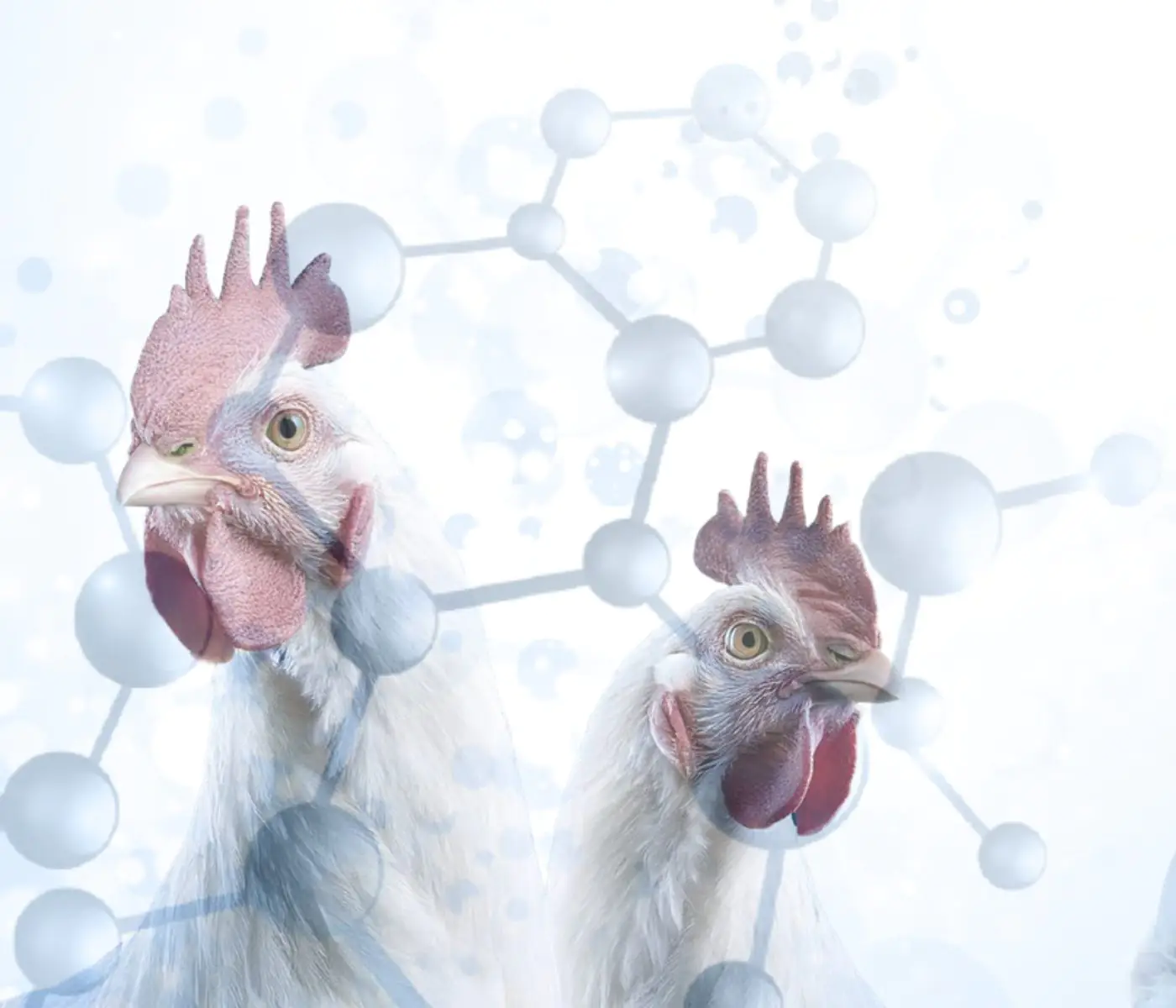
The Use of Organic Acids in Poultry: A Natural Path to Health and Productivity
M. Naeem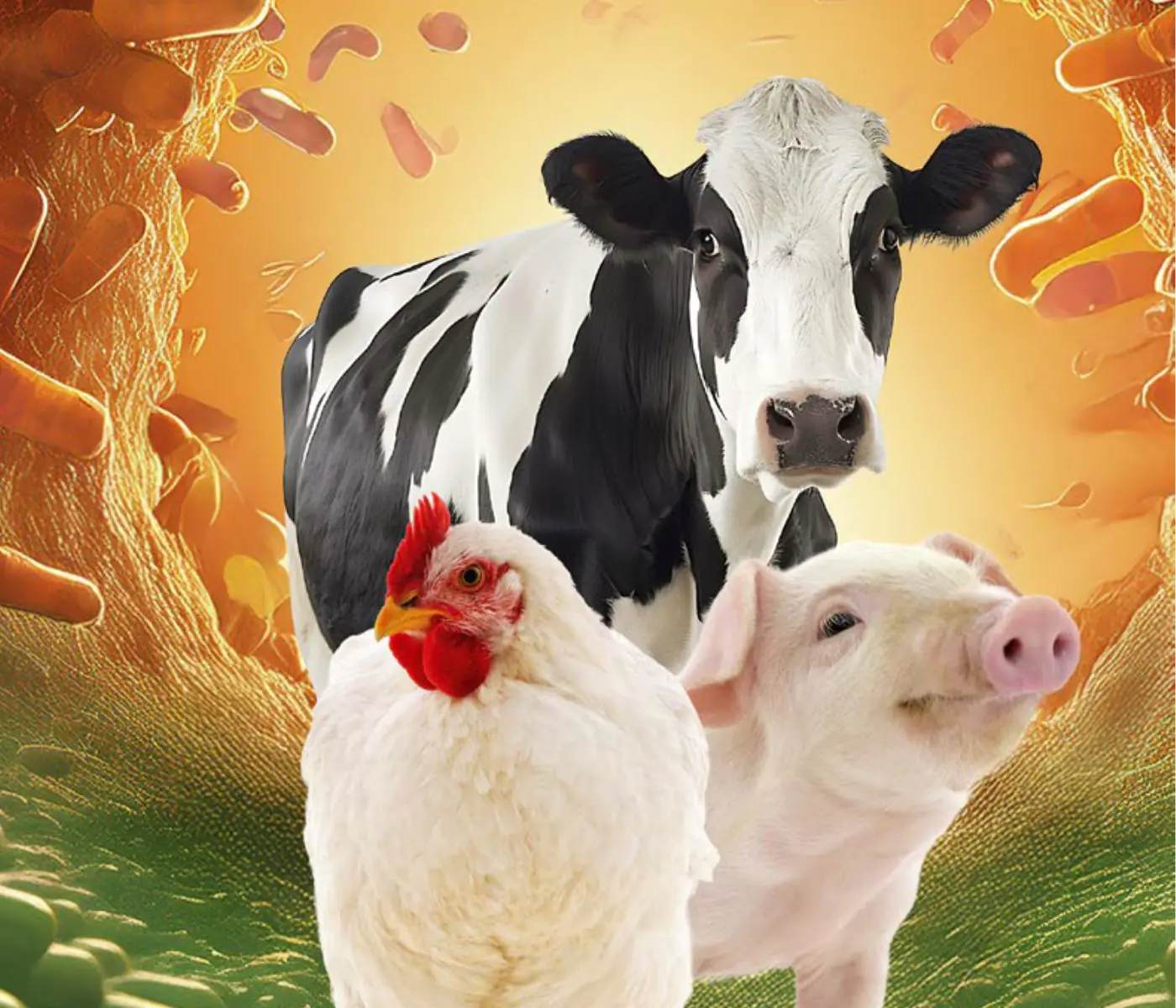
Synergistic Benefits of Prebiotics and Probiotics in Poultry, Swine, and Cattle
Gustavo Adolfo Quintana-Ospina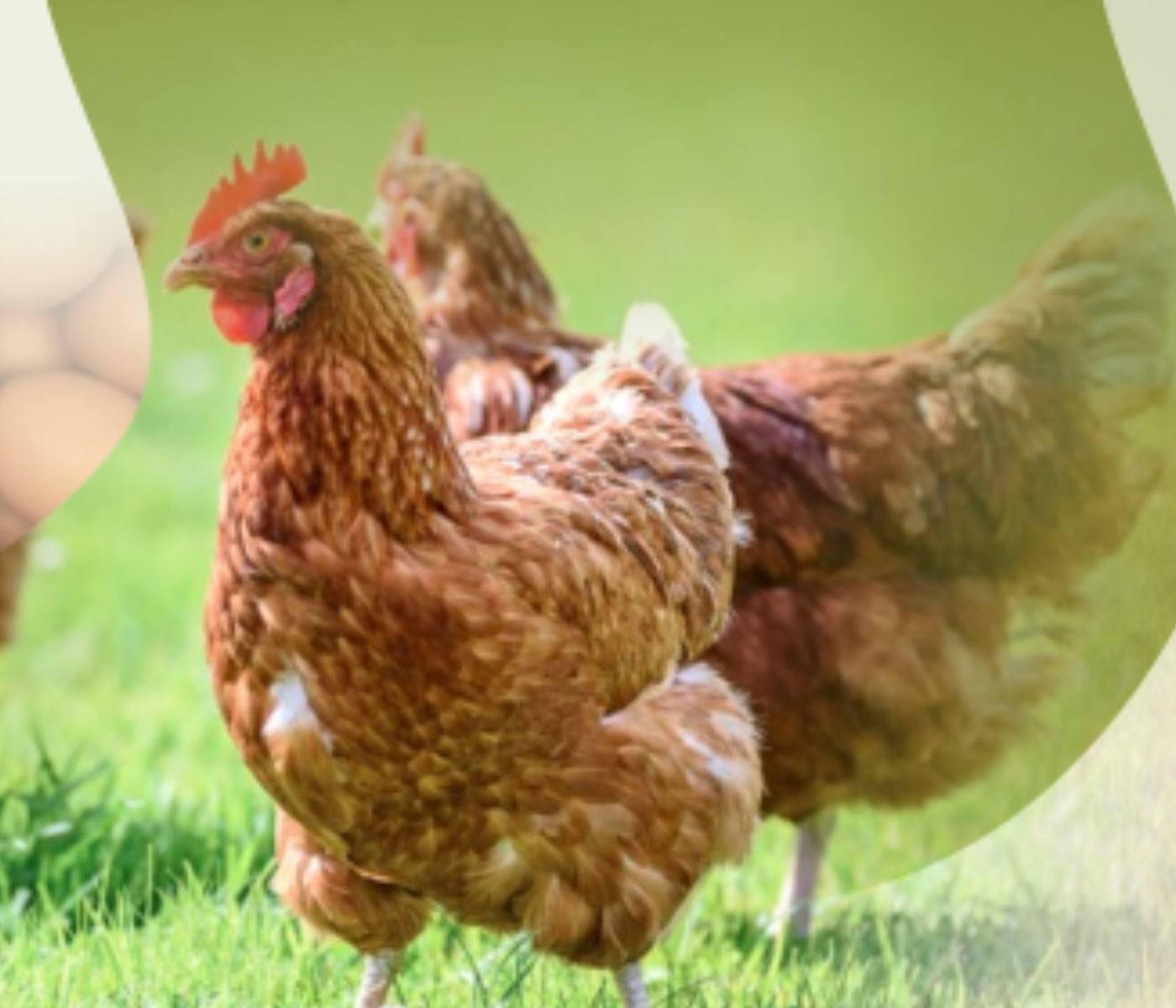
Hybrid Rye Potential in Laying Hen Feed Rations
Gwendolyn Jones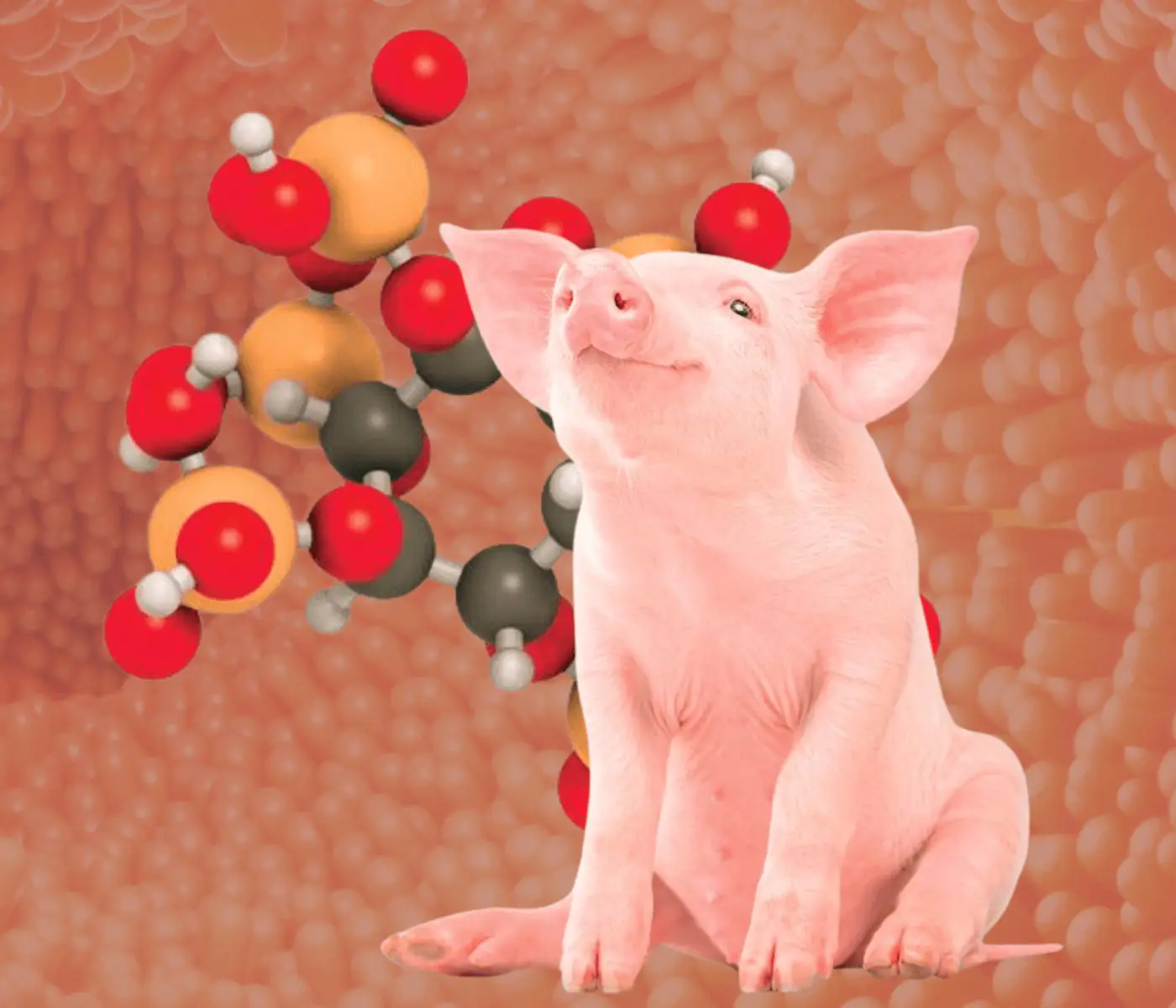
A day in the life of phosphorus in pigs: Part I
Rafael Duran Giménez-Rico
Use of enzymes in diets for ruminants
Braulio de la Calle Campos
Minerals and Hoof Health in the Pregnant Sow
Juan Gabriel Espino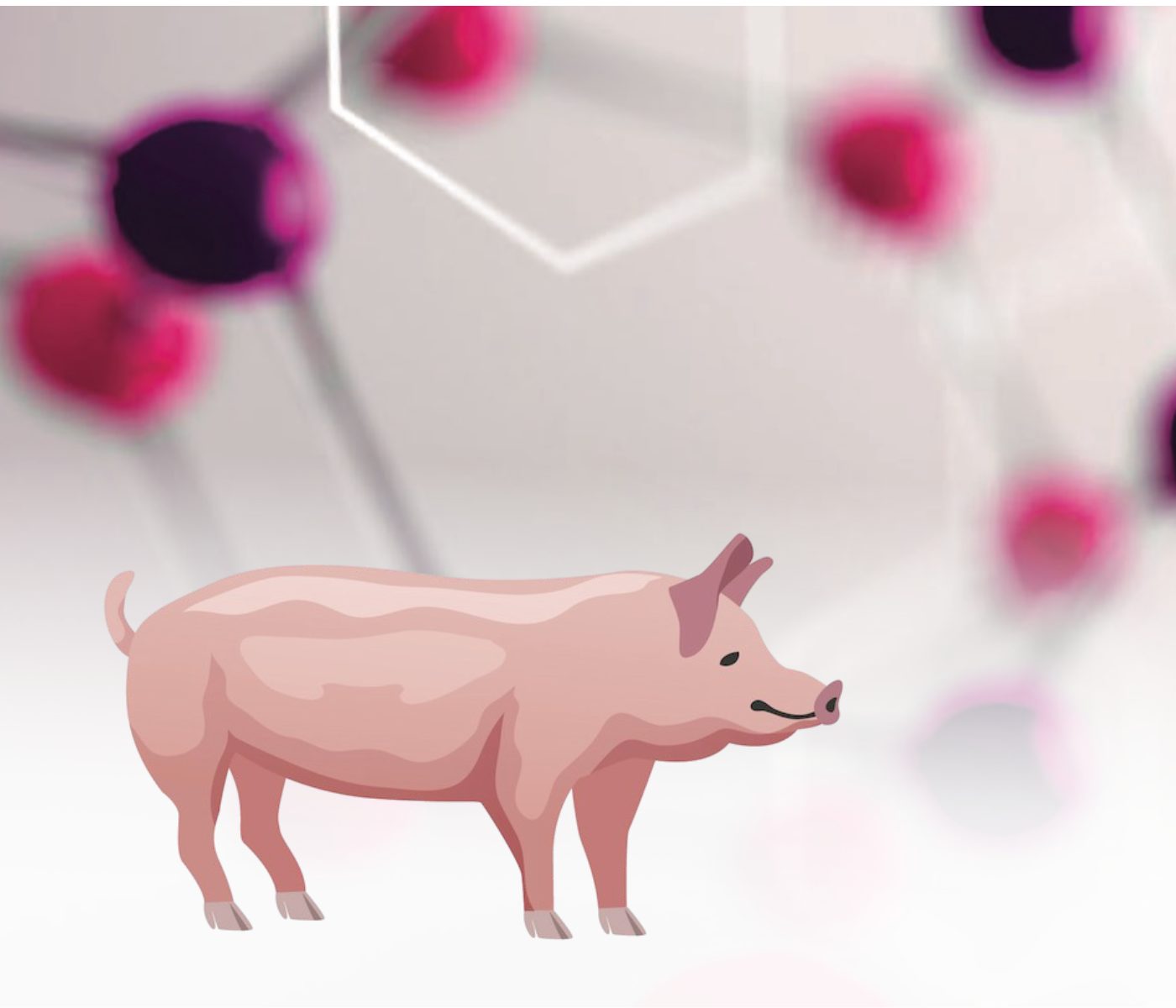
Impact of Oxidized Fats on Swine Reproduction and Offspring
Maria Alejandra Perez Alvarado